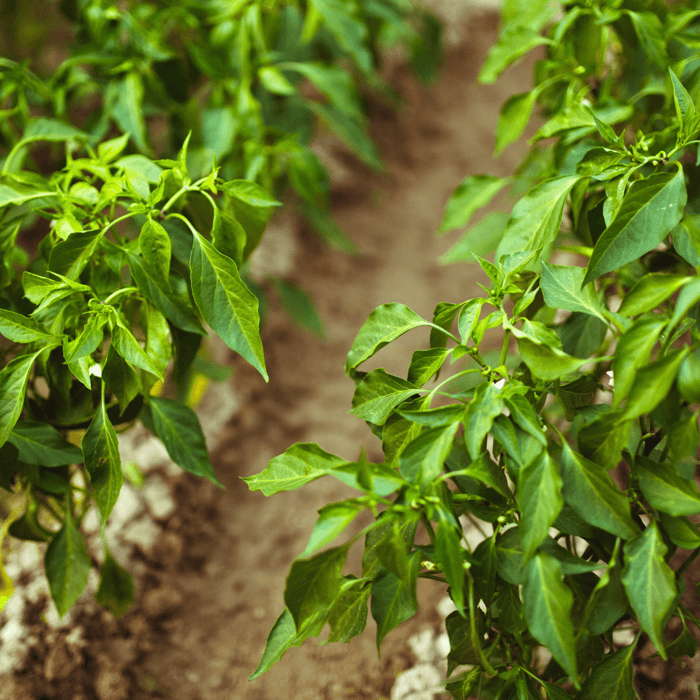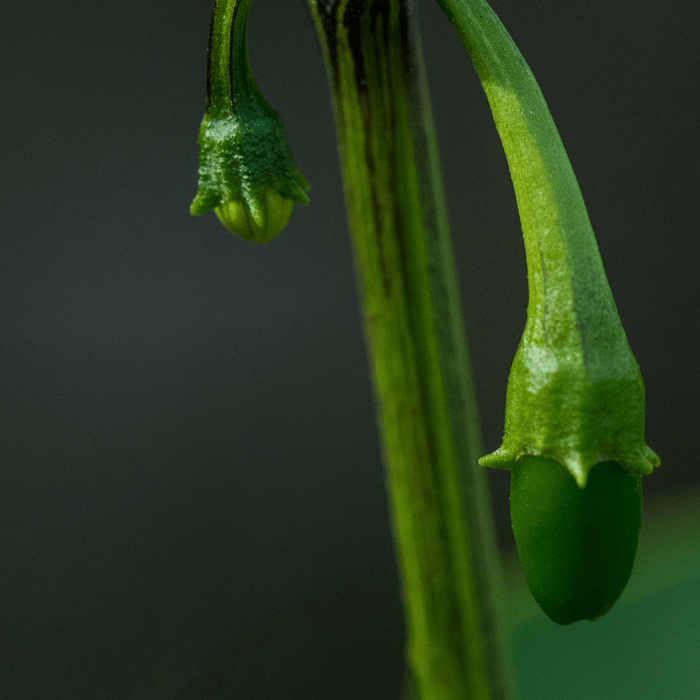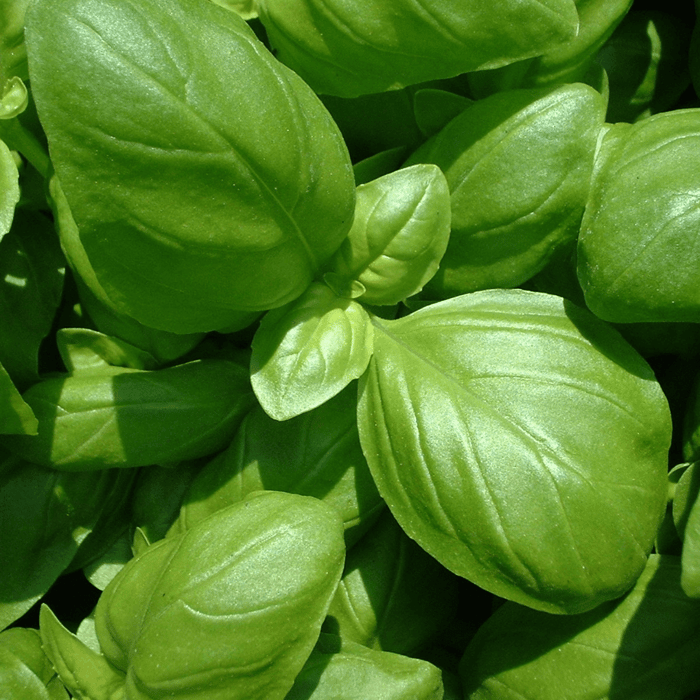As a passionate gardener and lover of spicy foods, I've spent years perfecting the art of growing ghost pepper plants. Ghost peppers, known for their intense heat, require special care to ensure a bountiful harvest. One essential aspect of ghost pepper cultivation is pruning. In this step-by-step guide, I'll share my expert knowledge on how to prune ghost pepper plants, focusing on maximizing yield, improving air circulation, and minimizing the spread of disease.
1. Understanding Ghost Pepper Plants
Before diving into the pruning process, it's crucial to familiarize yourself with the ghost pepper plant and its unique characteristics:
- Scientific Name: Capsicum chinense
- Heat Level: Extremely hot (855,000 to 1,041,427 Scoville Heat Units)
- Growing Season: Approximately 120-180 days from seed to harvest
Pruning pepper plants, particularly ghost pepper plants, can be quite beneficial for several reasons:
- Encourages bushier growth
- Increases yield
- Improves air circulation
- Minimizes the spread of disease
Ghost Pepper Seeds - Bhut Jolokia
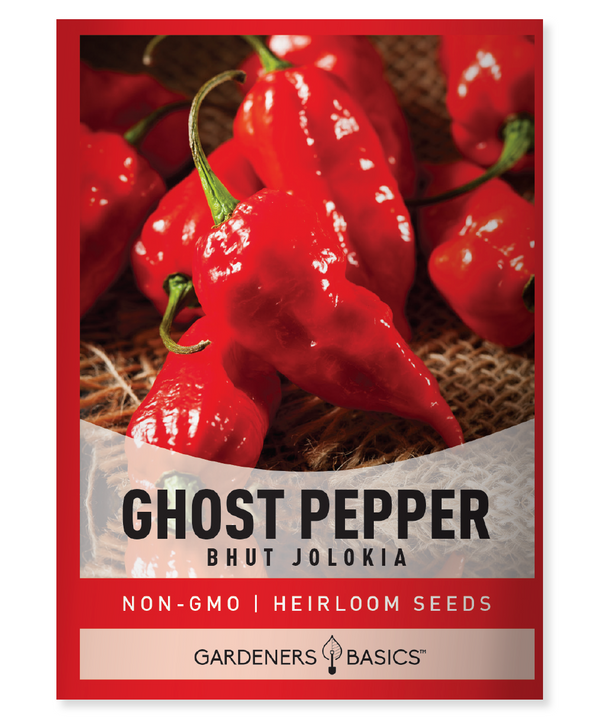
$2.49
Bhut Jolokia Ghost Pepper Seeds for Planting | Super Hot Heirloom Peppers The Bhut Jolokia or Ghost Pepper was rated the spiciest chili in 2007. It has an intense flavor and even more intense heat! CAUTION! Extremely hot pepper! Handle with… read more
2. Preparing for Pruning
Gather Your Tools
To ensure a smooth pruning process, gather the following items:
- A sharp, clean pair of pruning shears or scissors
- Rubbing alcohol or a mild bleach solution for sterilizing the cutting tools
Choose the Right Time for Pruning
Timing is critical when it comes to pruning pepper plants. Schedule your pruning sessions for these stages of growth:
- Early Season Pruning: When plants are 6-8 inches tall
- Mid-Season Pruning: During the flowering and fruiting stages
3. Early Season Pruning
Prune Ghost Pepper Seeds and Seedlings
Pruning starts as early as the seedling stage. This helps plants to focus their remaining energy on growing stronger roots and stems:
- If you've started multiple ghost pepper seeds in one pot, thin out the weakest seedlings, leaving only the strongest.
- When seedlings have grown to 2-3 inches tall, pinch off the smallest leaves at the base of the plant, allowing the plant to focus on increasing upward.
Top Pepper Plants
When your ghost pepper plants reach 6-8 inches in height, it's time for early-season pruning. Topping pepper plants can encourage bushier growth and a more robust stem:
- Identify the main branch of the plant and locate the growth tip.
- Using sterilized pruning shears, snip off the growth tip approximately 1/4 inch above a node.
- Remove any weak side shoots and leaves near the base of the plant.
4. Mid Season Pruning
Remove Unproductive Parts of the Plant
As the plant grows throughout the season, some parts may not be as productive as others. Removing these less effective parts of the plant will allow the remaining energy to be focused on fruit production:
- Inspect your ghost pepper plants for any yellowing or diseased leaves and stems.
- Prune away these unproductive parts, ensuring you don't cut into the main stem.
Hot Pepper Seeds For Planting | 5 Variety Pack
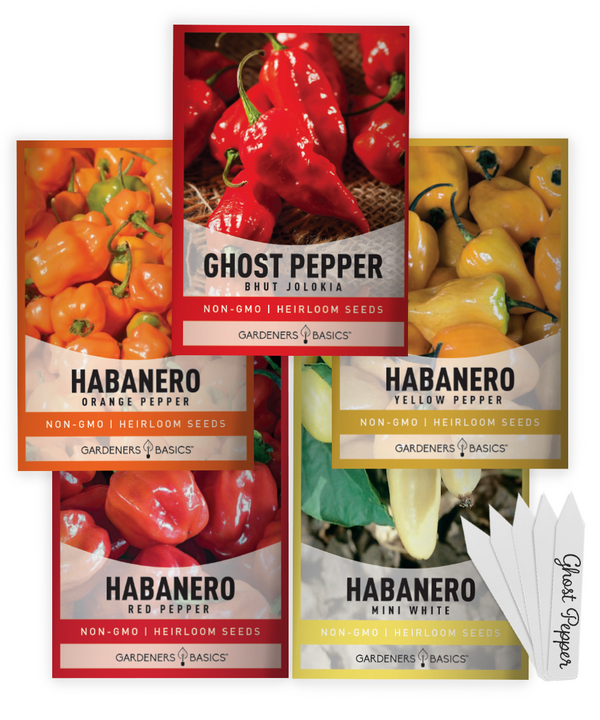
$9.95
Heirloom Hot Pepper Seeds – 5 Variety Pack, Includes Habanero & Ghost Pepper Seeds Spice up your garden with our 5 Hot Pepper Seeds Variety Pack—a must-have for any hot pepper lover or home gardener! This premium collection includes heirloom, non-hybrid,… read more
Thin Out Pepper Leaves
To improve air circulation and reduce the spread of disease, thin out crowded pepper leaves:
- Identify areas where leaves are overcrowded or overlapping.
- Prune away the excess leaves, leaving enough space between the remaining leaves to allow for airflow.
Manage Side Shoots
Ghost pepper plants can develop side shoots as they grow. Managing these side shoots can help the plant focus its energy on fruit production:
- Locate side shoots growing from the main stem or from leaf axils.
- Remove smaller, weaker side shoots, allowing the plant to focus on larger, more productive ones.
5. Encourage Fruit Production
As the growing season progresses, you'll want to help your ghost pepper plants produce more fruit:
- Remove any flowers or buds that appear early in the season, encouraging the plant to focus on vegetative growth first.
- Once the plant has reached a desirable size and has plenty of leaves, it can start producing flowers and fruit.
6. Monitor and Maintain Plant Health
Regularly monitor your ghost pepper plants throughout the growing season for signs of disease, pest infestations, or nutrient deficiencies. Address these issues promptly to maintain your plants' overall health and productivity.
7. End-of-Season Care
As the growing season comes to an end and temperatures begin to drop, take a few final steps to ensure your ghost pepper plants are ready for next season:
- Harvest any remaining peppers before the first frost.
- Cut back the plant, leaving about 6-8 inches of stem above the ground.
- If you live in a region with mild winters, you can overwinter your ghost pepper plants by mulching around the base to protect the root system.
8. Learning from Experience
Pruning ghost pepper plants is a skill that you'll develop over time. As you gain experience, you'll become more adept at identifying which parts of the plant to prune and when. Each growing season will provide new opportunities to refine your technique and improve the health and productivity of your ghost pepper plants.
In conclusion, pruning your ghost pepper plants is an essential part of ghost pepper plant care. By following this comprehensive step-by-step guide, you'll be well on your way to growing healthy, high-yielding plants that produce the fiery peppers you crave. Remember the early and mid-season pruning stages, monitor plant health, and continually learn from your experiences. Happy gardening!
 Frequently Asked Questions - How to Prune Ghost Pepper Plants
Frequently Asked Questions - How to Prune Ghost Pepper Plants
Here are some frequently asked questions about pruning ghost pepper plants:
Q: Can I prune other pepper varieties the same way as ghost pepper plants?
A: The pruning techniques described in this guide can be applied to most pepper varieties. However, some differences in growth habits may necessitate slight adjustments to your pruning approach.
Q: Will pruning my ghost pepper plants reduce the overall heat of the peppers?
A: No, pruning your ghost pepper plants will not affect the heat level of the peppers. The plant's genetics and growing conditions determine the heat level, such as soil fertility and temperature.
Q: How often should I prune my ghost pepper plants?
A: Early-season pruning should be done when the plant is 6-8 inches tall, and mid-season pruning should be done during the flowering and fruiting stages. Regularly monitor your plants throughout the growing season to address any issues with plant health or overcrowding.
Q: Can I use the pruned leaves and stems for anything?
A: While pepper leaves and stems are not typically consumed, they can be used as a natural insect repellent in your garden or composted to recycle nutrients back into the soil.
Q: If I missed the early season pruning, can I still prune my ghost pepper plants later?
A: You can still prune your ghost pepper plants later in the season. However, it's essential to be cautious not to remove too much of the plant at once, as this can stress the plant and reduce overall productivity. Focus on eliminating unproductive parts of the plant and improving air circulation.
Q: How can I tell if I've pruned my ghost pepper plants too much?
A: Over-pruning can lead to reduced growth, fewer flowers, and lower fruit production. If you notice these signs after pruning, you may have removed too much of the plant. In this case, provide your plants with proper care and nutrients to help them recover, and be more conservative with your pruning approach in the future.
Q: Should I prune my ghost pepper plants if they are grown in containers?
A: Pruning benefits ghost pepper plants are grown in containers like those raised in the ground. Proper pruning helps container-grown plants maintain a manageable size, improves air circulation, and focuses the plant's energy on fruit production.
Q: Can pruning help prevent pests and diseases?
A: Pruning can help reduce the risk of pests and diseases by improving air circulation, which lowers humidity and the likelihood of fungal infections. Additionally, removing dead or diseased plant material minimizes the spread of pathogens and prevents pests from using them as hiding spots.
Q: How can I tell if my pruning shears are sharp enough?
A: Sharp pruning shears should be able to make clean, precise cuts without crushing or tearing the plant tissue. If you're having trouble making clean cuts or the plant appears damaged after pruning, it's time to sharpen or replace your pruning shears.
Q: Can I propagate ghost pepper plants from the pruned cuttings?
A: Yes, you can propagate ghost pepper plants from stem cuttings. Select healthy, non-flowering stems for propagation and place them in a well-draining growing medium. Keep the cuttings moist and provide indirect light until roots form, after which you can transplant them into a larger container or garden bed.
Q: Can I fertilize my pepper plants after I've pruned them?
A: Yes, you can fertilize pepper plants after pruning. Give it a week or two to recover from pruning before applying fertilizer to your pepper plants.
By understanding and addressing these frequently asked questions about pruning ghost pepper plants, you'll be better prepared to care for your plants and ensure a successful growing season. Remember that pruning is just one aspect of ghost pepper plant care—proper watering, fertilization, and pest management are also critical for healthy, productive plants.



